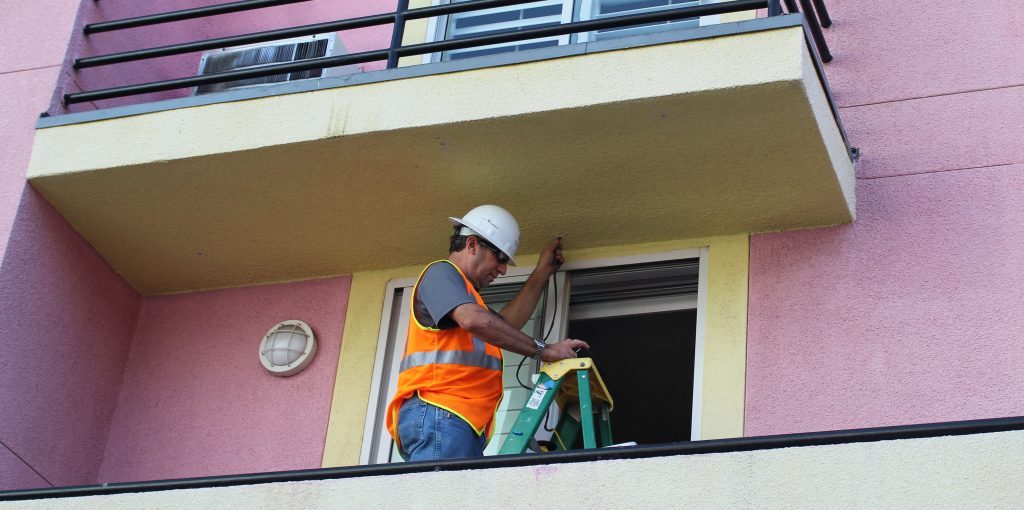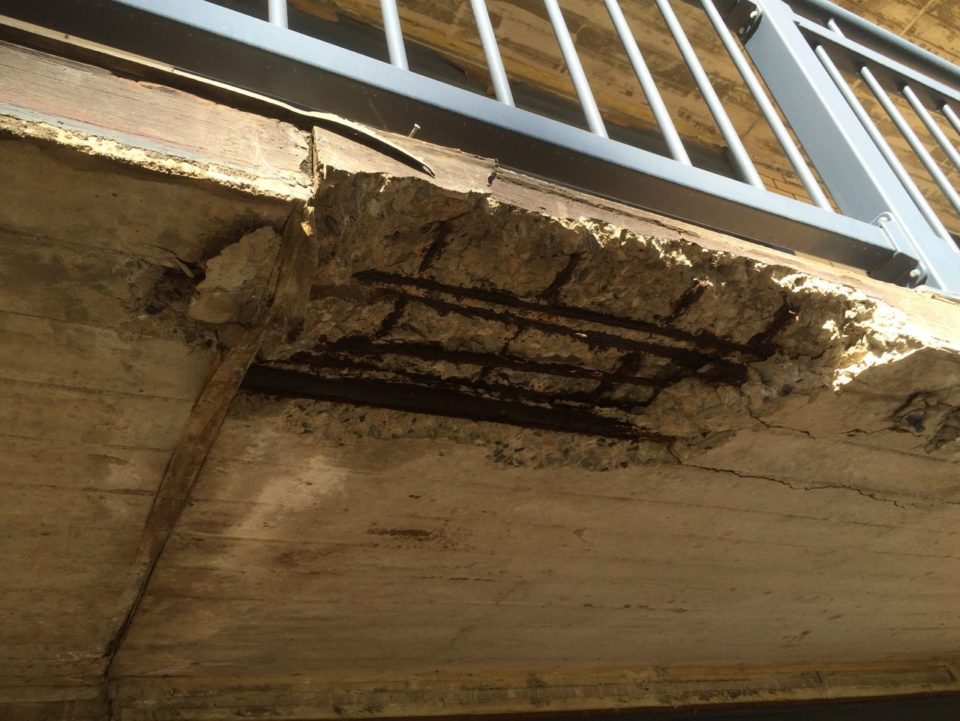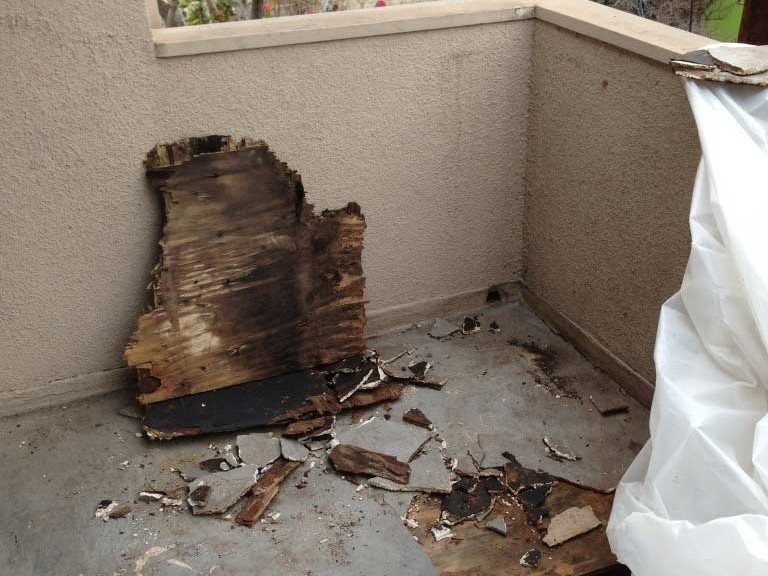
Would make an association responsible for any repairs and replacements relating to the interruption of gas, heat, water, or electrical services that begin in the common area, even if the matter extends into another area, and would require the association to complete those repairs within 30 days.
Current Status: Chaptered
FindHOALaw Quick Summary:
Existing law, unless otherwise provided in the declaration of a common interest development, generally makes an association responsible for repairing, replacing, and maintaining the common area, except as specified.
This bill would amend Civil Code Section 4775 to make an association responsible for repairs and replacements for matters pertaining to the interruption of gas, heat, water, or electrical services that begin in the common area even if the matter extends into another area. The bill would require an association to complete those repairs or replacements within 30 days. The bill would require an award of reasonable attorney’s fees to a prevailing owner who enforces this provision against an association.
Existing law imposes specified duties on an association with respect to managing a common interest development, including levying regular and special assessments sufficient to perform its obligations. Existing law imposes limits on increases in those assessments, except those increases necessary for specified emergency situations, including an extraordinary expense necessary to repair or maintain the common interest development for which the association is responsible where a threat to personal safety on the property is discovered.
This bill would amend Civil Code Section 5610 to expand that emergency situation to include an extraordinary expense necessary to operate, repair or maintain the common interest development for which the association is responsible where a threat to personal health or safety or another hazardous condition or circumstance on the property is discovered.
**SB 900 was signed by the Governor on September 19, 2024, and takes effect January 1, 2025.
from the California Legislature's website




